Home>Garden Essentials>How To Create A Play Area In A Small House
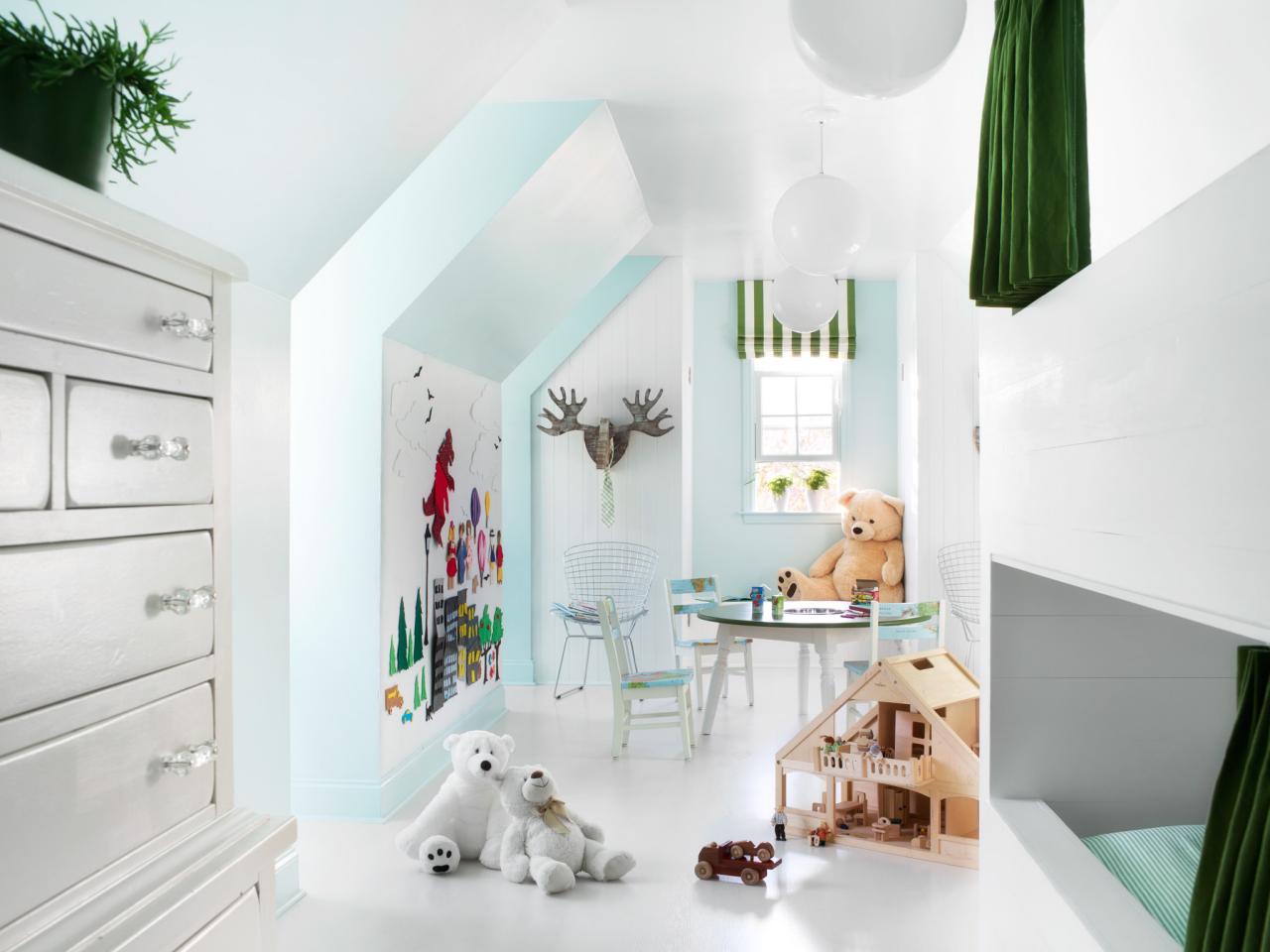

Garden Essentials
How To Create A Play Area In A Small House
Modified: March 7, 2024
Learn how to create a garden play area in your small house with these space-saving tips and ideas. Transform your limited space into a fun and engaging outdoor oasis.
(Many of the links in this article redirect to a specific reviewed product. Your purchase of these products through affiliate links helps to generate commission for Storables.com, at no extra cost. Learn more)
Introduction
Welcome to our comprehensive guide on how to create a play area in a small house! Having limited space shouldn’t limit your child’s ability to play and explore. With a little creativity and strategic planning, you can transform even the smallest corner of your home into a fun and engaging play area for your little ones.
Creating a play area in a small house offers a multitude of benefits. Not only does it provide a designated space for your child to play and grow, but it also helps to keep their toys and activities contained in one area, making it easier for you to maintain an organized and clutter-free home.
In this guide, we will walk you through the step-by-step process of creating a play area that maximizes the available space while ensuring safety, functionality, and endless fun for your child. Whether you have a spare room, a nook under the stairs, or just a small corner of your living room, we have you covered with practical tips and ideas to bring your play area to life.
From assessing the available space to selecting suitable play equipment, designing a functional layout, and incorporating imaginative play elements, we will cover everything you need to know to create an inviting and stimulating play area for your little ones.
So, let’s dive in and discover how to transform your small house into a haven of imaginative play and boundless joy!
Key Takeaways:
- Transform small spaces into vibrant play areas by assessing available space, choosing suitable play equipment, and incorporating imaginative play elements to foster creativity and endless fun for children.
- Create a safe, organized, and inviting play area by maximizing storage solutions, involving children in the organization process, and maintaining a functional layout to ensure a haven of play and joy in small houses.
Read more: How To Create Shade In A Play Area
Assessing the Available Space
Before you begin creating a play area in your small house, it’s important to assess the available space and determine the best location for it. Take a close look at your home and identify areas that can be dedicated to play. These can include a spare room, an unused corner, or even a section of a larger room.
Consider the size of the space and how it can accommodate your child’s play activities. Think about factors such as natural light, ventilation, accessibility, and proximity to other areas of the house where you spend most of your time. Ideally, you want the play area to be easily supervised while still providing a sense of independence for your child.
If you have limited space, get creative with unconventional areas. Transforming the space under the stairs, the alcove in a hallway, or even a walk-in closet can be a great way to utilize every inch of your home.
Additionally, it’s essential to consider the safety of the play area. Ensure that it is away from any potential hazards such as electrical outlets, sharp corners, or heavy furniture. You can childproof the area by installing safety gates, padding sharp edges, and securing any loose objects that could pose a risk.
Once you have identified the ideal space for your play area, measure the dimensions to have a clear understanding of the available area. This will help you determine what types of play equipment and furniture can be accommodated in the space.
Remember, creating a play area in a small house requires maximizing the available space while maintaining functionality and safety. With a thorough assessment of your home’s layout, you can move on to the exciting part – designing and choosing the elements that will bring the play area to life.
Choosing the Right Type of Play Area
Now that you have assessed the available space, it’s time to consider the type of play area that best suits your child’s needs and interests. There are various options to choose from, depending on the size of your space and your child’s preferences.
One popular choice is a themed play area, such as a kitchen, a doctor’s office, or a mini-library. These types of play areas encourage imaginative play and allow your child to step into different roles and scenarios. Consider your child’s favorite activities and interests when selecting a theme. You can find pre-made playsets or even create a DIY play area using repurposed furniture and accessories.
If your child is more active and enjoys physical play, you may want to consider a gross motor play area. This can include items like a mini trampoline, climbing wall, or soft play mats for jumping and crawling. Look for play equipment that can be folded or easily stored when not in use to maximize the available space.
For children who enjoy creative activities, an arts and crafts play area can provide hours of entertainment. Set up a table with art supplies, coloring books, and a designated storage area for art materials. Consider installing a wall-mounted easel to save space and provide a dedicated area for drawing and painting.
Another option is a sensory play area, which stimulates your child’s senses through various materials and textures. Include items like a sensory table filled with sand, water, or rice, as well as bins of different textured objects like feathers, playdough, and sensory balls.
Don’t forget to consider the age appropriateness of the play area. If you have children of different age groups, try to create separate zones within the play area to cater to their specific needs. This can be achieved through dividers or different sections of the room designated for different age groups.
Choosing the right type of play area is crucial for the success and enjoyment of the space. By catering to your child’s interests and considering their developmental needs, you can create a play area that will capture their imagination and provide endless hours of fun.
Selecting Suitable Play Equipment
Once you have determined the type of play area you want to create, it’s time to select the appropriate play equipment that will enhance your child’s play experience. It’s important to choose items that are not only engaging but also safe and suitable for the available space.
Consider the size and scale of the play equipment in relation to the space you have. Look for compact and multifunctional options that can easily fit into the designated play area. For small houses, modular or collapsible play equipment can be a great choice as they can be folded or disassembled when not in use.
When it comes to play equipment, quality and safety should be your top priorities. Look for products that meet safety standards and are made from durable materials. Check for any sharp edges, loose parts, or potential pinch hazards. If purchasing second-hand pieces, ensure they are in good condition and have no missing or broken parts.
Consider the developmental benefits that the play equipment offers. For younger children, focus on items that promote sensory exploration, fine motor skills, and gross motor development. Examples include soft play mats, stackable blocks, and toys with different textures and sounds.
For older children, consider incorporating elements that foster creativity and problem-solving skills. This can include building blocks, puzzles, art supplies, and construction sets. Balance the play equipment to offer a mix of educational and recreational opportunities.
Keep in mind that play equipment doesn’t have to be expensive or elaborate. Simple items like a set of balls, hula hoops, or musical instruments can provide endless entertainment for children of all ages. Don’t forget to include toys and play accessories that align with the chosen theme of your play area, such as play kitchen utensils or doctor’s kits.
Lastly, ensure that the play equipment is easily accessible and organized within the play area. Consider implementing storage solutions like cubbies, bins, or wall-mounted shelves to keep toys and equipment tidy and easily accessible for your child.
By selecting suitable play equipment, you can create a play area that not only captivates your child’s imagination but also supports their growth, development, and overall enjoyment of the space.
Maximizing Storage Solutions
In a small house, maximizing storage solutions is essential to keep the play area organized and maintain a clutter-free space. With strategic storage options, you can efficiently store toys, art supplies, and other play materials, making it easier for your child to find and put away their belongings.
Consider utilizing vertical space by installing shelves or wall-mounted storage units. These can hold bins, baskets, or containers to categorize and store different types of toys. Labeling the containers can help your child identify where each item belongs, encouraging them to participate in tidying up after playtime.
Utilize underutilized spaces such as the area under benches or elevated platforms. These hidden storage areas can be used to store larger toys or items that are not frequently accessed. Adding hooks or hanging organizers to the walls or doors can provide additional storage for items like costumes, accessories, or backpacks.
Invest in furniture pieces that serve dual purposes, such as ottomans or coffee tables with built-in storage compartments. These can be used to store toys and also provide additional seating or surface area for play activities. Look for furniture with hidden storage options, such as ottoman seats that lift to reveal a storage compartment inside.
Consider using furniture that can be easily folded or collapsed when not in use. This is especially useful for play tables or activity centers that may take up space when not being actively used. Look for options that can be easily stored against a wall or under a bed.
If you have limited floor space, utilize the walls to hang storage solutions. Magnetic boards, pegboards, or wire grids can be used to hang and display small toys, art supplies, or even art creations. This not only maximizes storage but also adds a decorative element to the play area.
Finally, involve your child in the organization process. Teach them the importance of tidying up after playtime and provide them with a designated place for each toy or item. This not only promotes responsibility but also helps them develop organizational skills from a young age.
By maximizing storage solutions, you can create a play area that is organized, functional, and visually appealing. A well-organized play area not only enhances the overall aesthetic but also fosters a sense of calm and order, making playtime more enjoyable for both you and your child.
Read more: How To Create A Play Area For Rabbits
Creating a Safe Environment
Creating a safe environment is of utmost importance when setting up a play area in your small house. By taking the necessary precautions, you can ensure that your child can play and explore without any unnecessary risks. Here are some essential steps to create a safe play environment:
1. Remove hazards: Conduct a thorough inspection of the play area and remove any potential hazards. Secure furniture to the wall to prevent tipping, cover sharp edges, and remove any small objects that could pose a choking hazard. Keep electrical outlets covered and ensure cords are safely tucked away.
2. Provide adequate supervision: Even with a well-designed play area, it’s crucial to provide supervision to ensure your child’s safety. Keep an eye on them during playtime, especially if they are engaging in activities that involve climbing, jumping, or using play equipment.
3. Secure heavy or unstable items: If you have larger play equipment, make sure it is properly secured to prevent it from toppling over. Anchor bookshelves, play kitchens, or play structures to the wall to ensure stability.
4. Use non-toxic materials: Opt for toys, art supplies, and materials that are labeled as non-toxic and safe for children. This will help minimize the potential exposure to harmful substances.
5. Ensure proper ventilation: Good air circulation is crucial for your child’s health and well-being. Make sure the play area is well-ventilated to prevent stuffiness and ensure fresh air circulation.
6. Implement safety gates: If your play area is located in a room or section with access to stairs or other potentially dangerous areas, install safety gates to prevent your child from wandering into hazardous zones.
7. Follow age-appropriate guidelines: Be mindful of the age appropriateness of toys and equipment. Avoid small toys that can be a choking hazard for younger children and ensure that any play equipment is suitable for your child’s age and developmental stage.
8. Promote cleanliness and hygiene: Encourage regular handwashing before and after playtime, especially if your child is playing with shared toys or materials. Keep wipes or disinfectant sprays handy to clean surfaces and toys regularly.
Remember, creating a safe environment is crucial for your child’s well-being and peace of mind. By implementing these safety measures, you can provide a secure and enjoyable play environment for your little one in your small house.
Consider using multi-functional furniture, such as a coffee table that can also be used for building blocks or a storage ottoman that doubles as a play surface. This will help maximize space in a small house while still providing a designated play area for kids.
Designing a Functional Layout
When designing the layout for your play area in a small house, the goal is to maximize the available space while ensuring it is functional, inviting, and easy to navigate. A well-thought-out layout will not only enhance the play experience but also contribute to the overall aesthetics of the space. Here are some tips to help you design a functional layout:
1. Define zones: Divide the play area into different zones based on the types of activities. For example, create a reading nook with a cozy chair and bookshelf, a play kitchen area with a pretend stove and table, and a storage zone for toys and art supplies. Clearly defining different areas for specific activities will help create structure and organization within the space.
2. Open floor space: Ensure there is enough open floor space for your child to move around freely. Avoid cluttering the area with too much furniture or play equipment. Leave ample room for activities like dancing, building blocks, or playing with larger toys.
3. Consider traffic flow: Plan the layout in a way that allows for smooth traffic flow within the play area. Avoid placing large furniture or play equipment in narrow walkways or doorways. Create pathways that lead from one zone to another without obstruction.
4. Utilize vertical space: Make the most of vertical space by incorporating wall-mounted storage solutions, hanging organizers, or shelves. This will free up floor space while providing ample storage for toys and supplies.
5. Flexibility and versatility: Opt for furniture and play equipment that can be easily moved, folded, or rearranged to adapt to different play activities and needs. This allows for flexibility and versatility in the layout and ensures the space can be repurposed as your child grows.
6. Comfortable seating: Include comfortable seating options for both your child and yourself. A small bean bag chair, floor cushions, or a cozy rug creates a welcoming space for play and relaxation. Consider using versatile seating options that can be easily tucked away when not in use.
7. Involve your child: Take into account your child’s preferences and input when designing the layout. Allow them to participate in the process by choosing colors, themes, or arranging their toys in the storage areas. This will make them feel more connected to the space and encourage their independence and creativity.
Remember, the layout should prioritize functionality and organization while providing a visually appealing and stimulating environment for play. By carefully planning the layout, you can create a play area that maximizes the use of space and promotes an enjoyable and engaging play experience for your child.
Incorporating Imaginative Play Elements
Imaginative play is a crucial part of a child’s development, fostering creativity, problem-solving skills, and social interaction. When designing your play area in a small house, it’s important to incorporate elements that encourage and inspire imaginative play. Here are some ideas to help spark your child’s imagination:
1. Create a pretend play corner: Dedicate a specific area for imaginative play, such as a mini kitchen, a doctor’s office, or a grocery store. Furnish the area with age-appropriate props and costumes that allow your child to step into different roles and embark on imaginative adventures. Add realistic details and accessories to enhance the play experience.
2. Provide open-ended toys: Open-ended toys, such as building blocks, dolls, or playdough, can be used in a variety of ways and encourage creative thinking. These types of toys allow your child to create their own narratives, invent scenarios, and explore their imagination freely.
3. Incorporate storytelling: Set up a cozy reading nook with a bookshelf filled with age-appropriate books. Read stories to your child or encourage them to create their own stories using puppets or finger puppets. Consider using a storytelling board or a felt board with characters and settings that can be rearranged to create different stories.
4. Use props and costumes: Provide a collection of props and dress-up costumes to stimulate imaginative play. Include items like hats, scarves, masks, and accessories that can be used to transform your child into different characters or embark on imaginative journeys. These props can be stored in clear containers or hooks for easy access and organization.
5. Incorporate nature-inspired elements: Bring elements of nature into the play area to spark imaginative play. Consider adding a small indoor garden with plants or a sensory table with natural materials like sand, leaves, or pinecones. These natural elements can inspire your child’s creativity and connection with the world around them.
6. Encourage role-playing: Provide props and playsets that allow your child to engage in role-playing scenarios, such as a puppet theater, a play kitchen, or a tool bench. These playsets provide opportunities for your child to enhance their communication skills, problem-solving abilities, and imaginative thinking.
7. Foster collaboration and social play: Incorporating elements that invite collaborative and social play is important for your child’s development. Include items like board games, puzzles, or a small table and chairs for tea parties or art activities. These activities encourage interaction, cooperation, and imaginative play with siblings, friends, or parents.
Remember, incorporating imaginative play elements in the play area enhances your child’s creativity, cognitive development, and social skills. By providing them with a space that stimulates their imagination, you are fostering their growth and creating a world of endless possibilities within your small house.
Adding a Seating Area
Creating a comfortable seating area within your play area is essential for both you and your child. It provides a cozy spot for you to sit and interact with your child during playtime and offers them a space to relax, read, or engage in quieter activities. Here are some ideas for adding a seating area to your play area in a small house:
1. Floor cushions and bean bags: Arrange a collection of soft, floor cushions and bean bags in a designated area of the play space. These versatile seating options provide a cozy and flexible seating arrangement for both children and adults. Opt for durable and washable materials for easy maintenance.
2. Small child-sized chairs and table: Invest in a small-sized table and chairs set specifically designed for children. This provides them with their own designated seating area where they can eat, color, or play. Look for collapsible or stackable options that can be easily stored when not in use to maximize space.
3. Comfy reading nook: Designate a cozy corner of the play area as a reading nook. Place a comfortable chair, bean bag, or a small padded bench with cushions. Add a bookshelf filled with age-appropriate books for your child to enjoy solo reading time or for you to read together.
4. Wall-mounted seating: If space is limited, consider a wall-mounted seating option. Folding chairs or benches that can be mounted on the wall can be easily folded up and stored when not in use. This allows you to create seating space without taking up valuable floor space.
5. Window seat: If your play area has a window, consider transforming it into a window seat. You can install a cushioned bench or use floor cushions to create a comfortable seating space by the window. This provides a cozy spot for your child to relax, read, or watch the world outside.
6. Multifunctional storage seating: Look for seating options that double as storage solutions. Ottomans or benches with hidden storage compartments are great for storing toys, blankets, or other play area essentials. This not only provides seating but also helps keep the play area organized.
7. Incorporate child-sized furniture: Consider incorporating child-sized furniture throughout the play area. Small chairs, stools, or even a mini couch can create comfortable seating options for your child and their friends. This allows them to have their own space within the play area.
Remember, adding a seating area to your play space provides a cozy and inviting space for you and your child to engage in play and relaxation. By considering the available space and incorporating comfortable seating options, you can create a functional and comfortable seating area within your small house.
Read more: How To Create Play Area For Rats
Maintaining and Organizing the Play Area
Maintaining an organized play area is crucial to keep the space functional, safe, and enjoyable for your child. Here are some tips on how to effectively maintain and organize the play area in your small house:
1. Establish a cleaning routine: Set a regular cleaning schedule to keep the play area tidy. Dedicate a specific time each day or week for a quick cleanup. This could include putting away toys and materials, wiping down surfaces, and vacuuming or sweeping the area. Involving your child in the routine teaches them responsibility and helps develop good habits.
2. Use storage solutions: Invest in storage solutions that work well for your space. Utilize bins, baskets, shelves, and cubbies to categorize and store toys, art supplies, and other play materials. Label containers to make it easier for your child to know where to return items after play.
3. Rotate toys: To avoid overwhelming the play area with too many toys at once, consider implementing a toy rotation system. Store some toys in a separate area and periodically swap them out. This keeps the play area fresh and exciting for your child while reducing clutter.
4. Teach organization skills: Teach your child the importance of keeping their play area organized. Show them how to put items away after playtime and reinforce the habit regularly. Encourage them to take ownership of their space by involving them in organizing and maintaining the play area.
5. Involve your child in decluttering: Regularly go through toys and materials with your child to declutter and donate items they have outgrown or no longer use. By involving them in the process, you teach them the value of sharing and decluttering while freeing up space in the play area.
6. Create designated storage areas: Assign specific areas or containers for different types of toys and materials. This makes it easier for your child to find and put away items. Consider using clear containers or transparent bags to easily see the contents of each storage container.
7. Encourage cleaning up after play: Teach your child the habit of cleaning up after play. Make it a fun and engaging activity by turning tidying up into a game or incorporating a clean-up song or a timer to make it more exciting. This instills responsibility and minimizes mess.
8. Foster a sense of ownership: Allow your child to take ownership of the play area by giving them some control in organizing and maintaining it. Let them contribute ideas for organizing solutions, choose labels for storage containers, or rearrange items within the space. This promotes a sense of pride and responsibility.
Remember, maintaining an organized play area not only enhances the aesthetic appeal but also fosters a sense of order, calmness, and creativity. By implementing effective maintenance and organizing strategies, you can create a play area that is safe, inviting, and enjoyable for your child in your small house.
Conclusion
Creating a play area in a small house is a wonderful way to provide your child with a dedicated space for play and exploration. With careful planning, creativity, and organization, you can transform even the tiniest corner of your home into a vibrant and engaging play area. Throughout this guide, we have covered various aspects of creating a play area, from assessing the available space to selecting suitable play equipment, maximizing storage solutions, and creating a safe and functional layout.
The key to designing a successful play area in a small house lies in maximizing the use of space while ensuring safety, functionality, and the incorporation of imaginative play elements. By assessing the available space and selecting the appropriate type of play area, you can create a space that suits your child’s interests and developmental needs. Choosing suitable play equipment and maximizing storage solutions will help keep the play area organized and clutter-free, allowing for easy access to toys and materials.
Creating a safe environment is paramount, and incorporating imaginative play elements provides endless opportunities for your child to explore, create, and pretend. Adding a seating area enables you to comfortably engage with your child during playtime and provides them with a cozy spot to relax and read.
Maintaining and organizing the play area is essential for its long-term functionality and enjoyment. Utilizing storage solutions, establishing cleaning routines, and involving your child in the process instills a sense of responsibility and ownership, making it easier to keep the play area tidy and organized.
Remember, the goal of creating a play area in a small house is to provide a space where your child can learn, grow, and have fun. Embrace the creativity and uniqueness of your small space, and let your child’s imagination soar within its boundaries. With a well-designed play area, you can nurture your child’s development, foster their creativity, and create lasting memories for years to come.
So, let the journey begin – embark on the adventure of transforming your small house into a haven of play and joy for your little ones!
Frequently Asked Questions about How To Create A Play Area In A Small House
Was this page helpful?
At Storables.com, we guarantee accurate and reliable information. Our content, validated by Expert Board Contributors, is crafted following stringent Editorial Policies. We're committed to providing you with well-researched, expert-backed insights for all your informational needs.
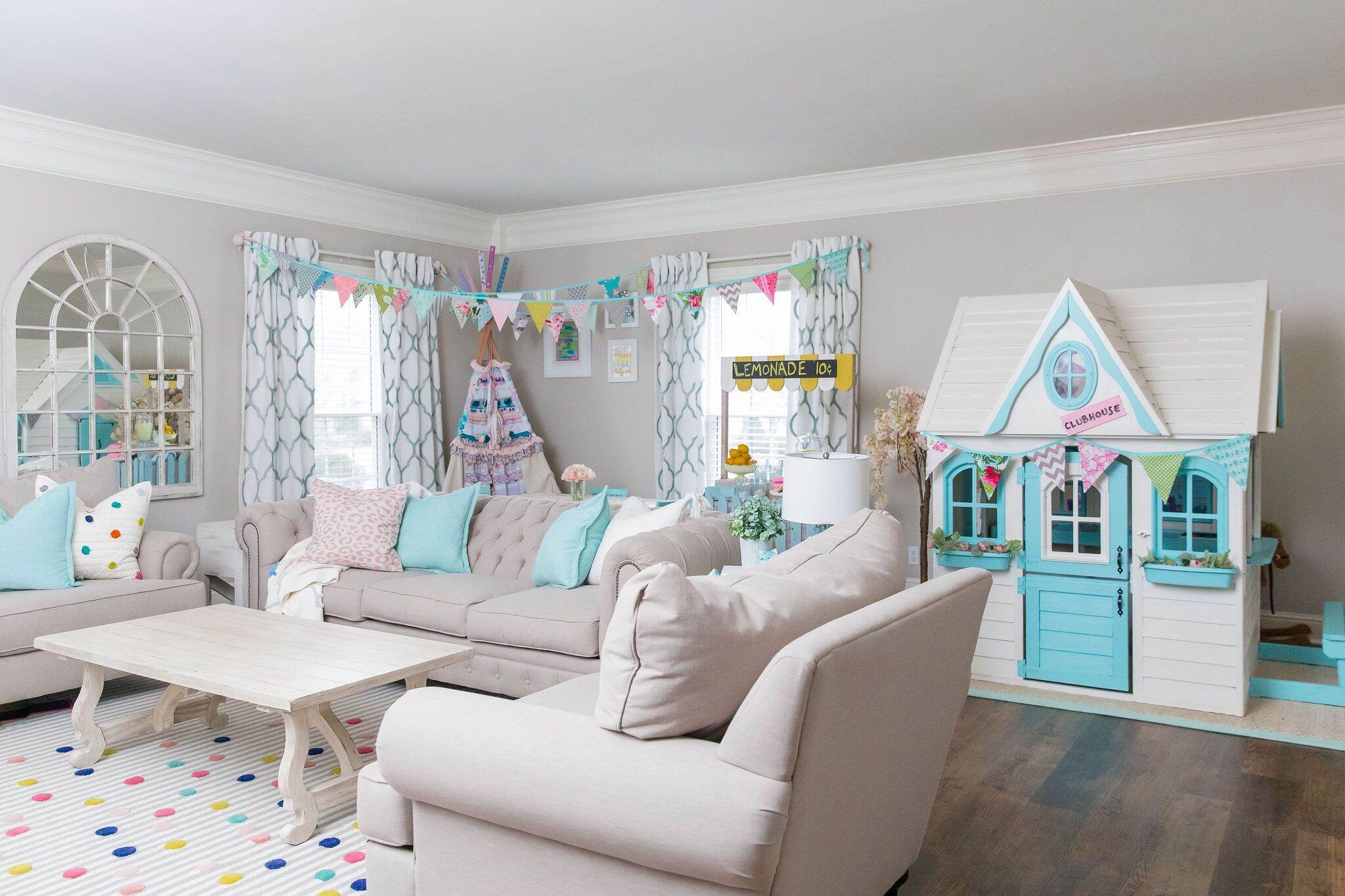
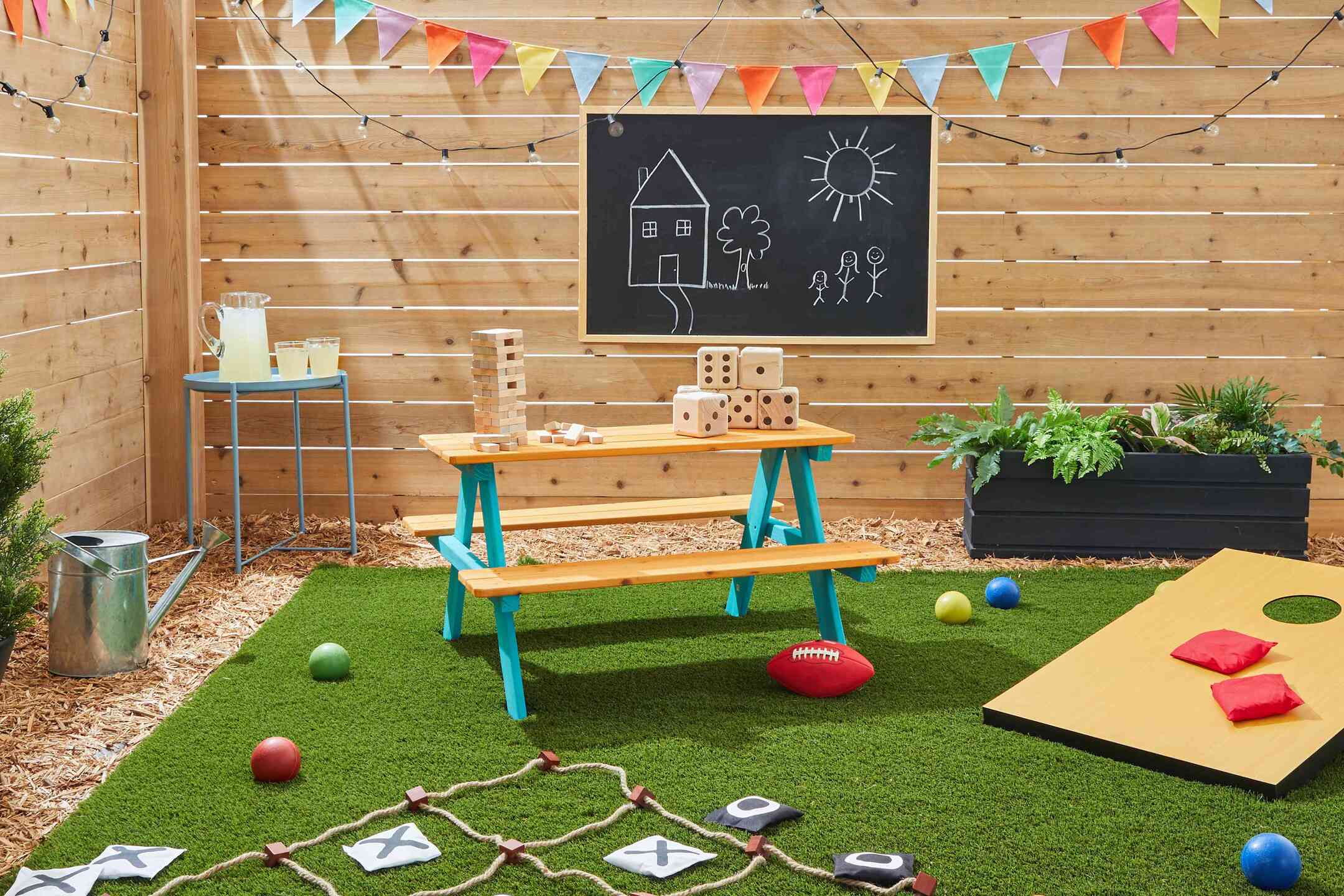
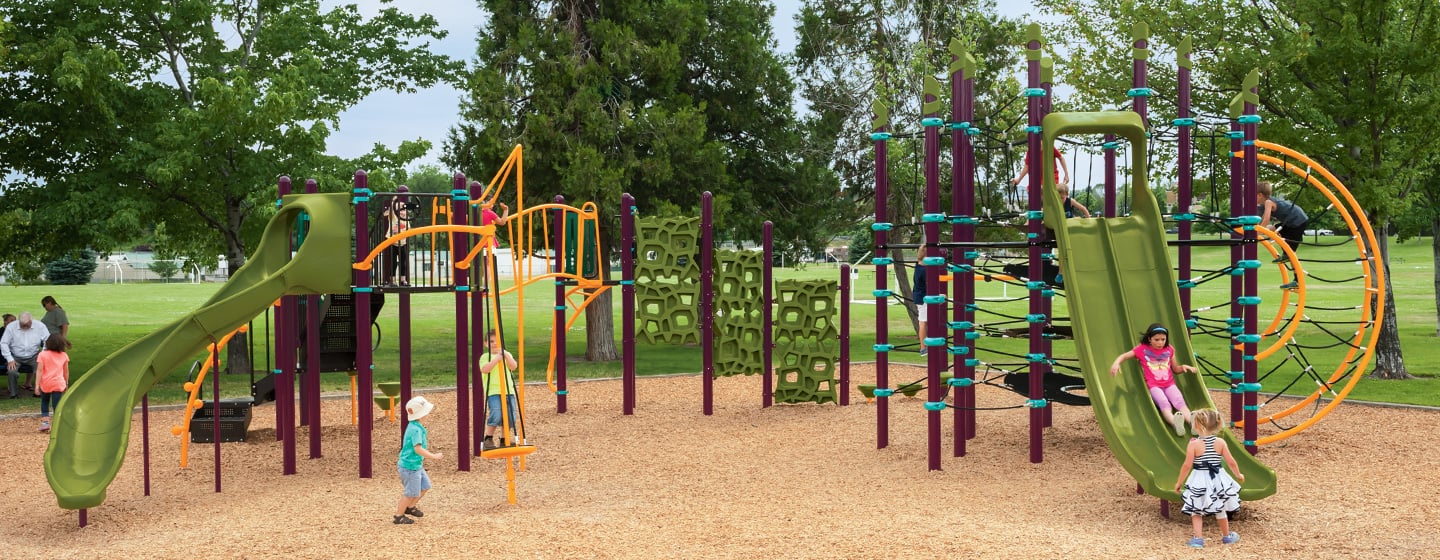
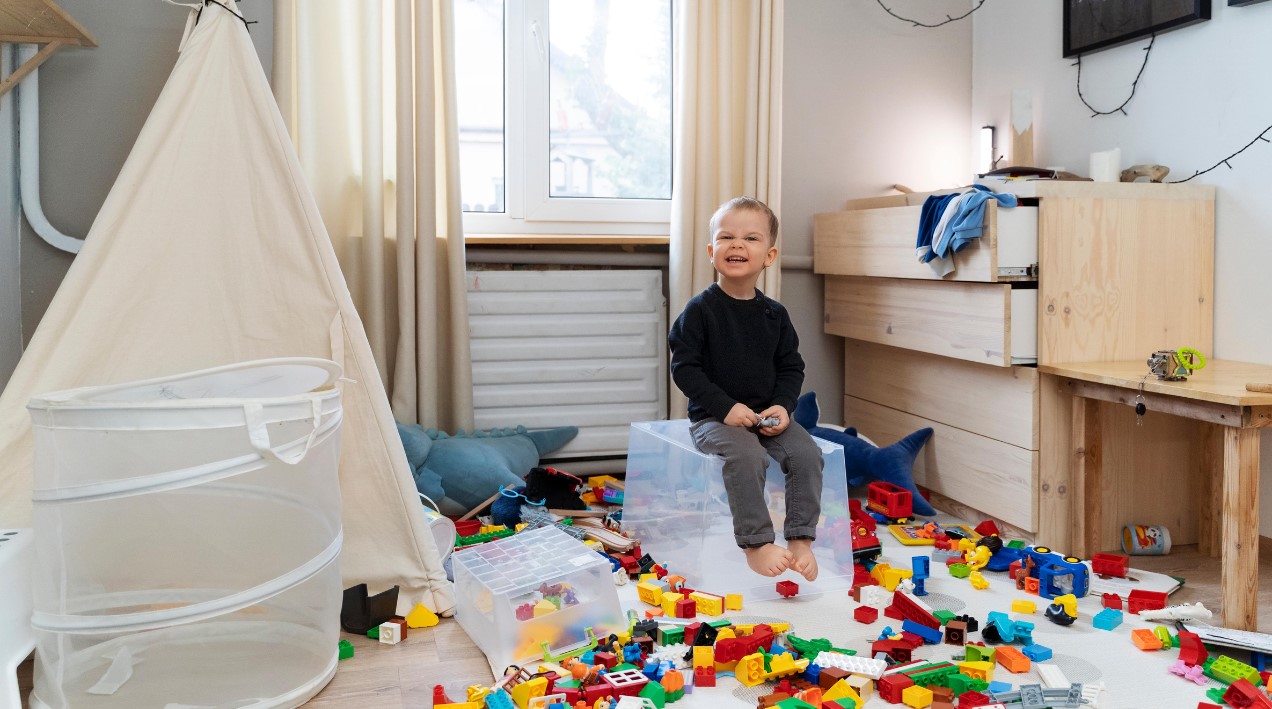
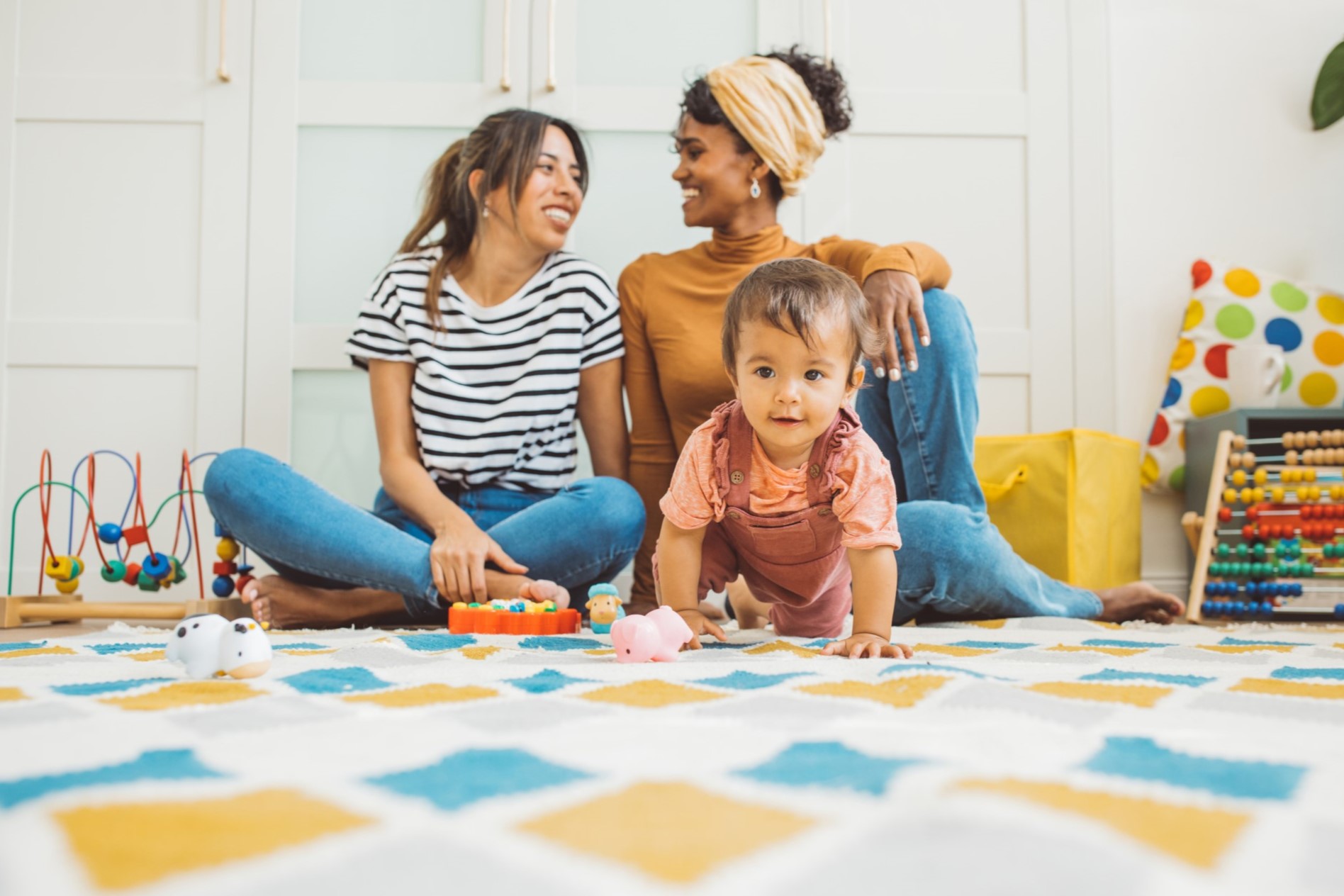
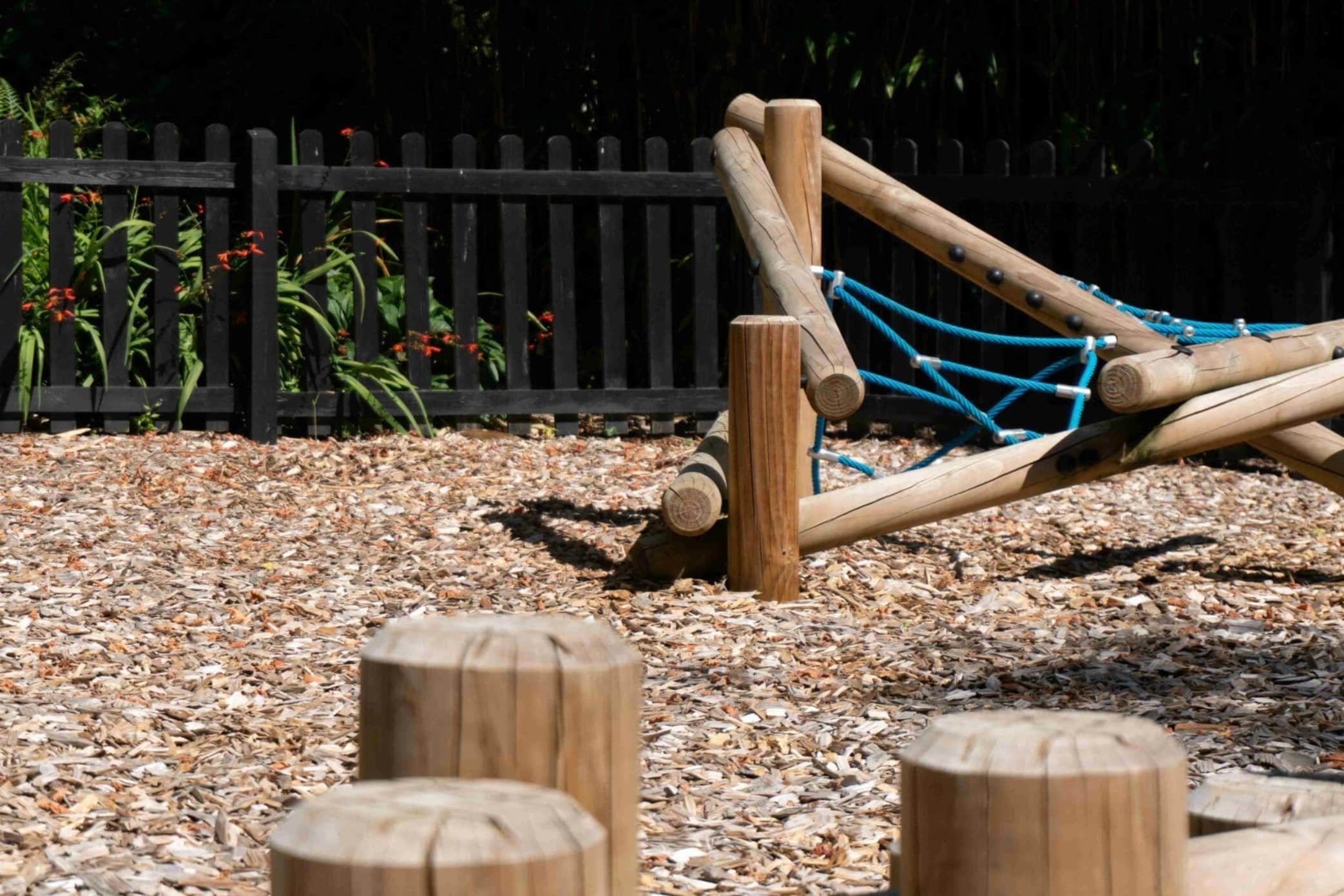
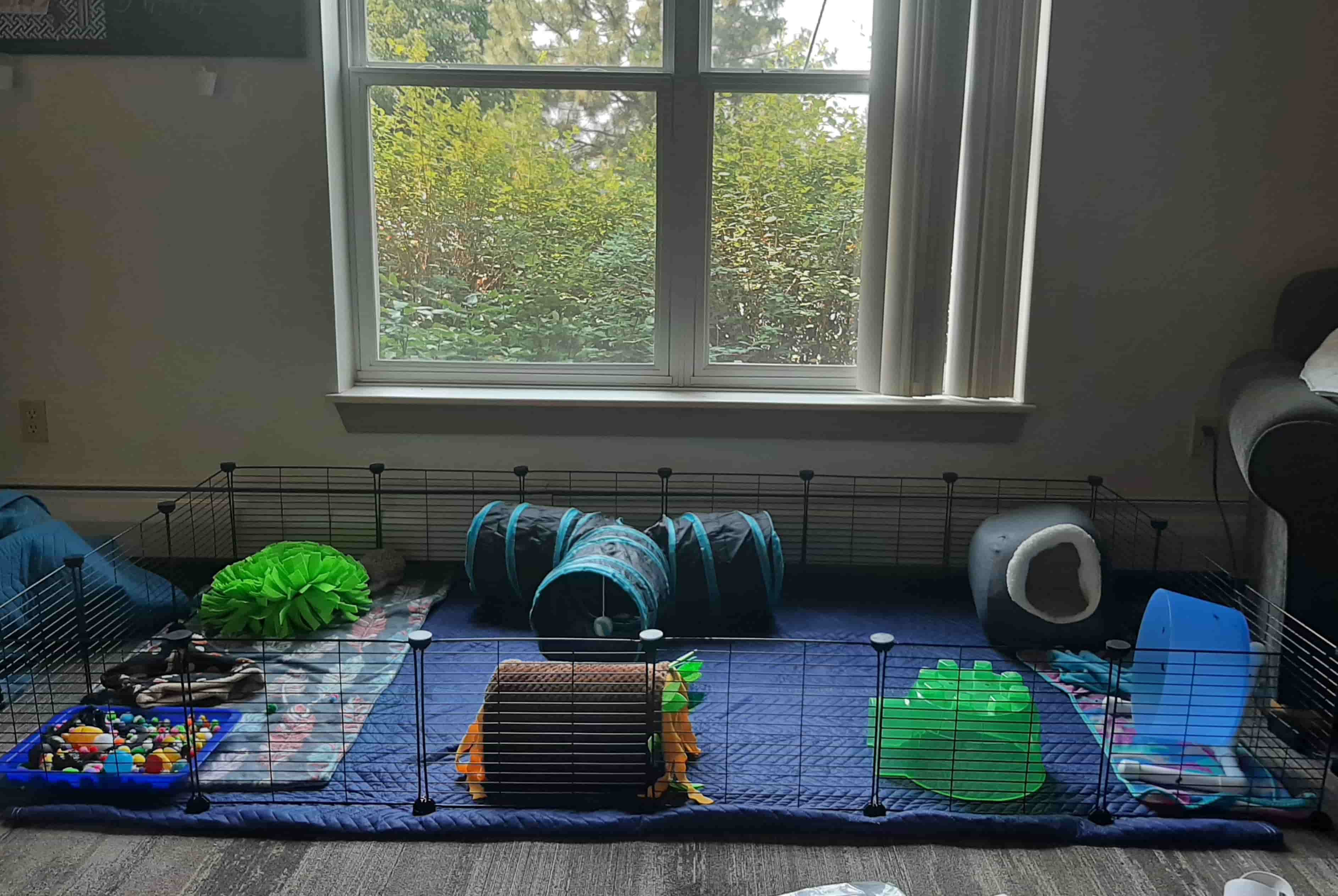
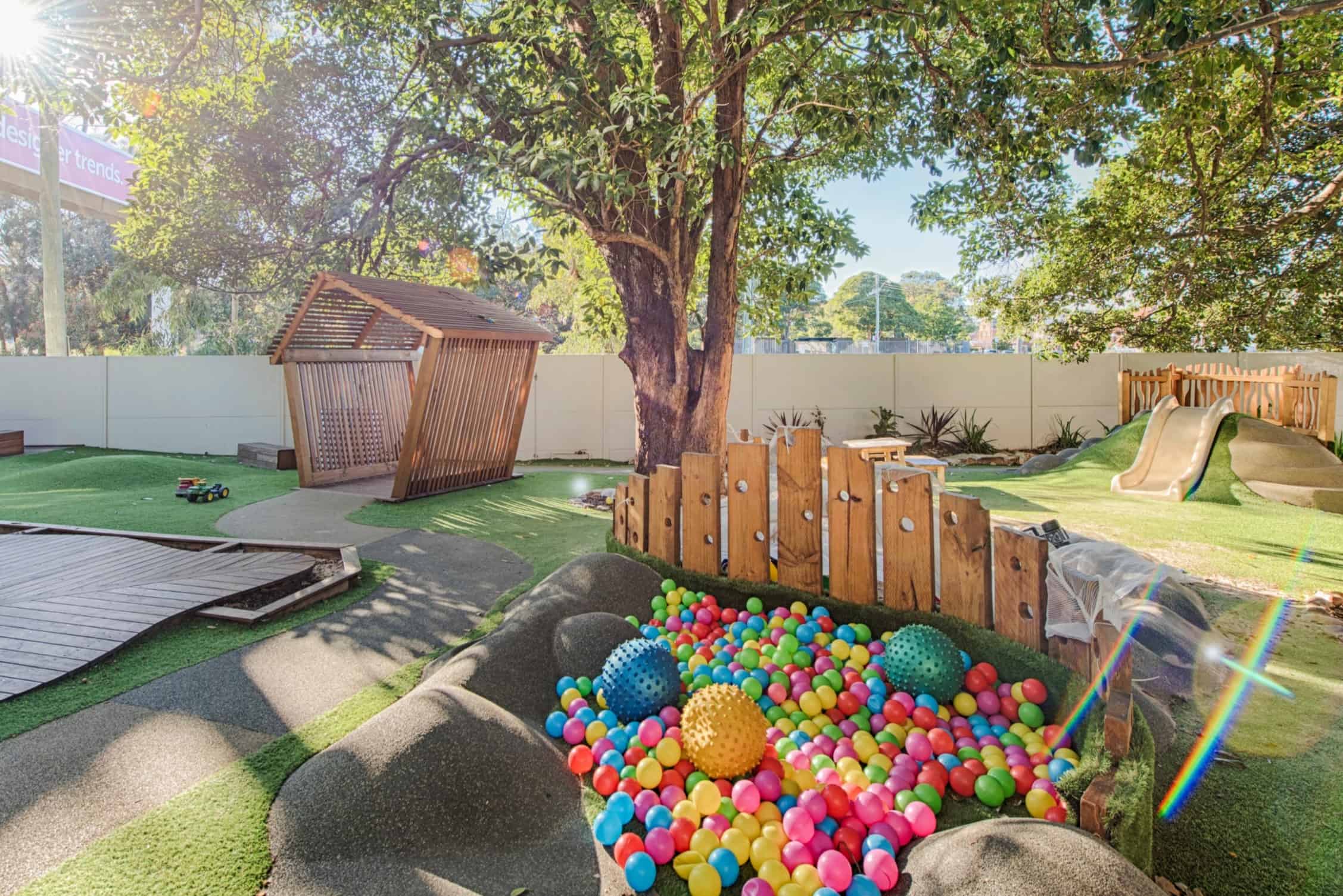
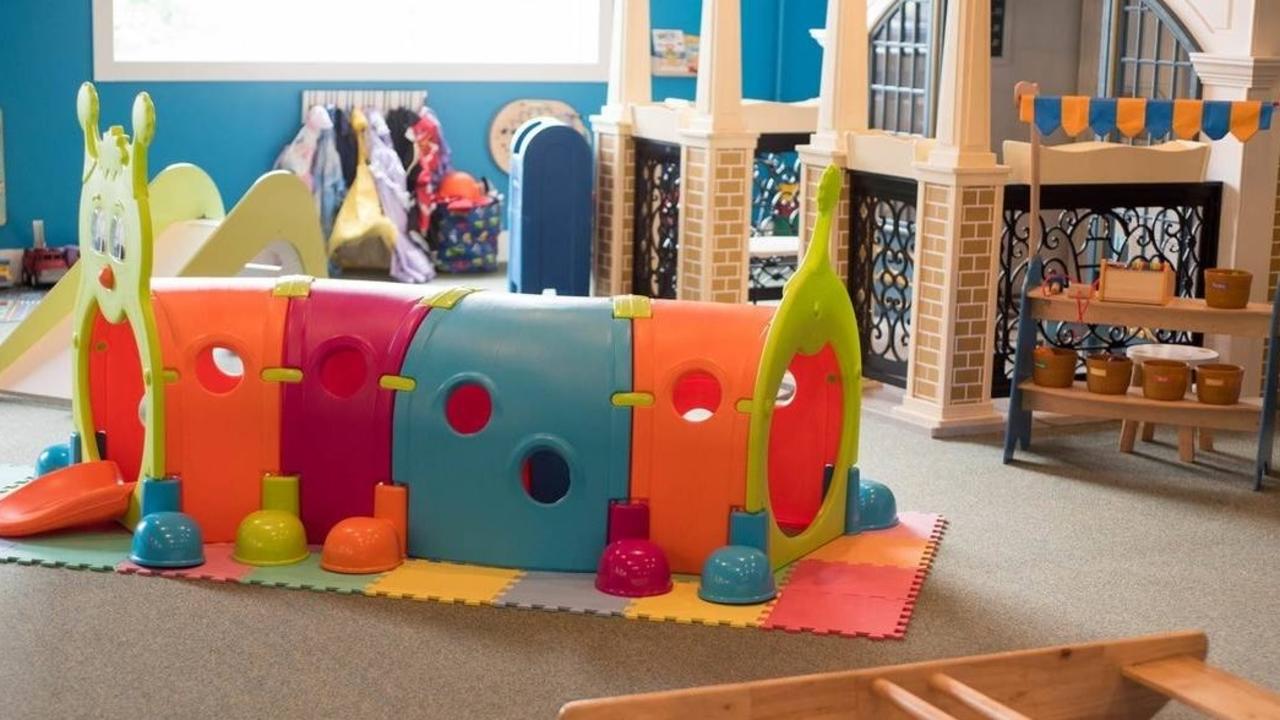
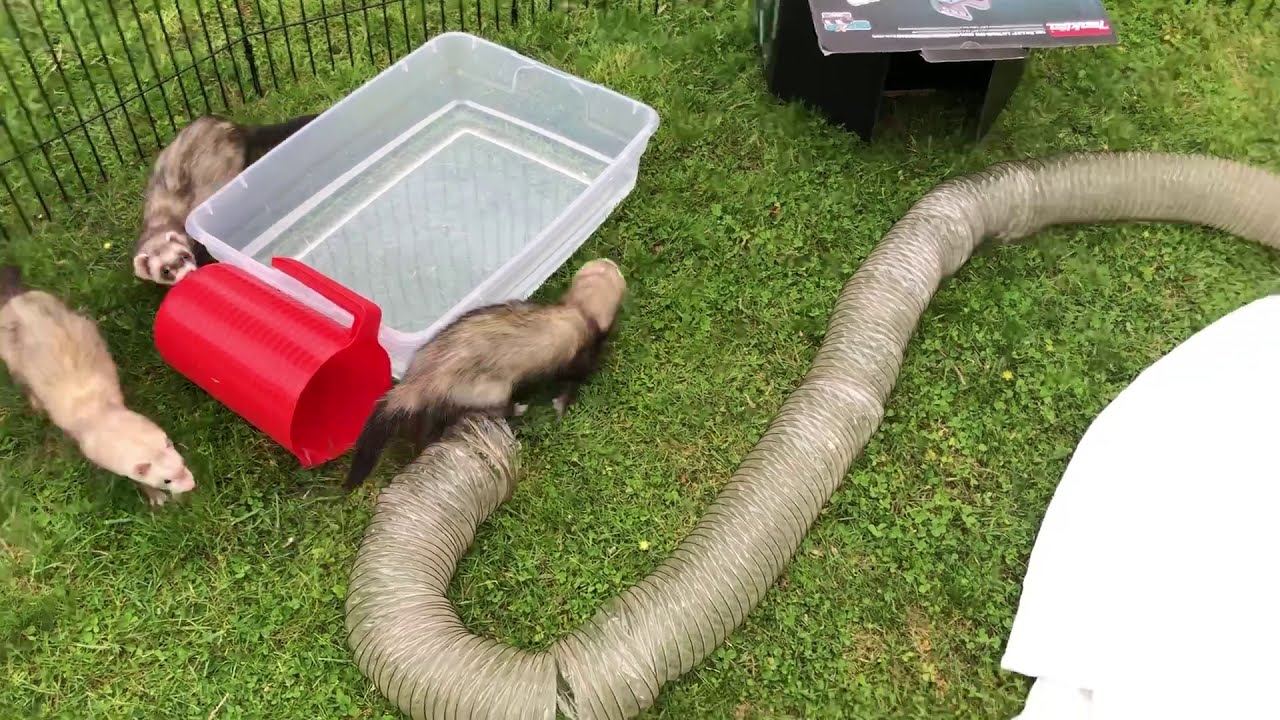
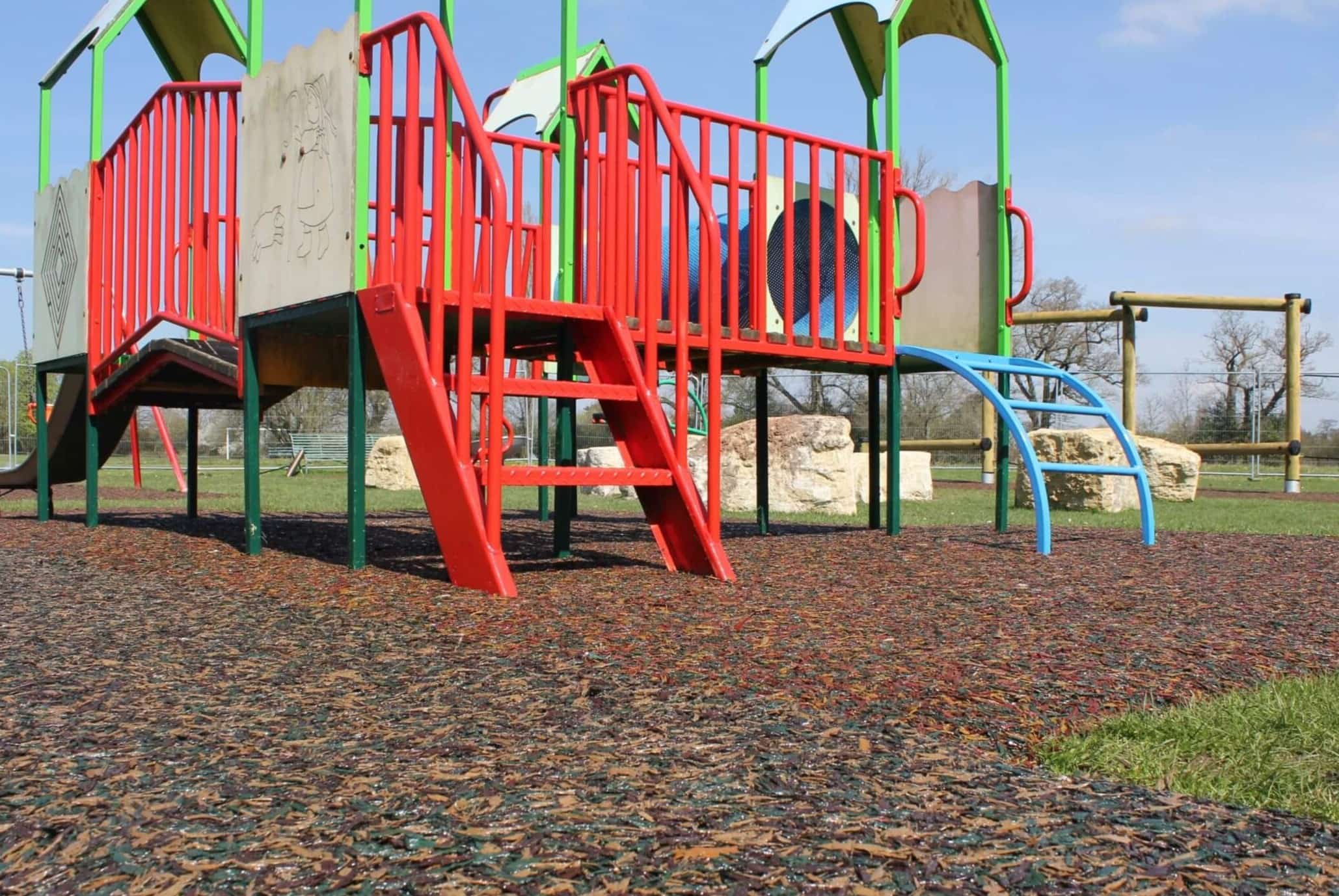
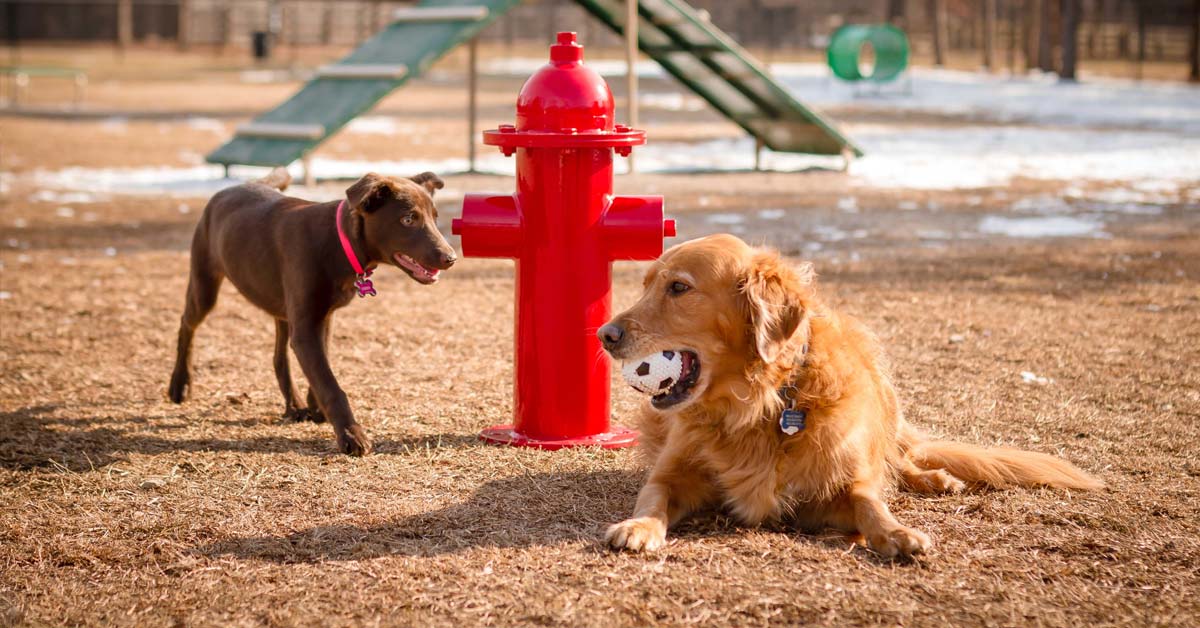
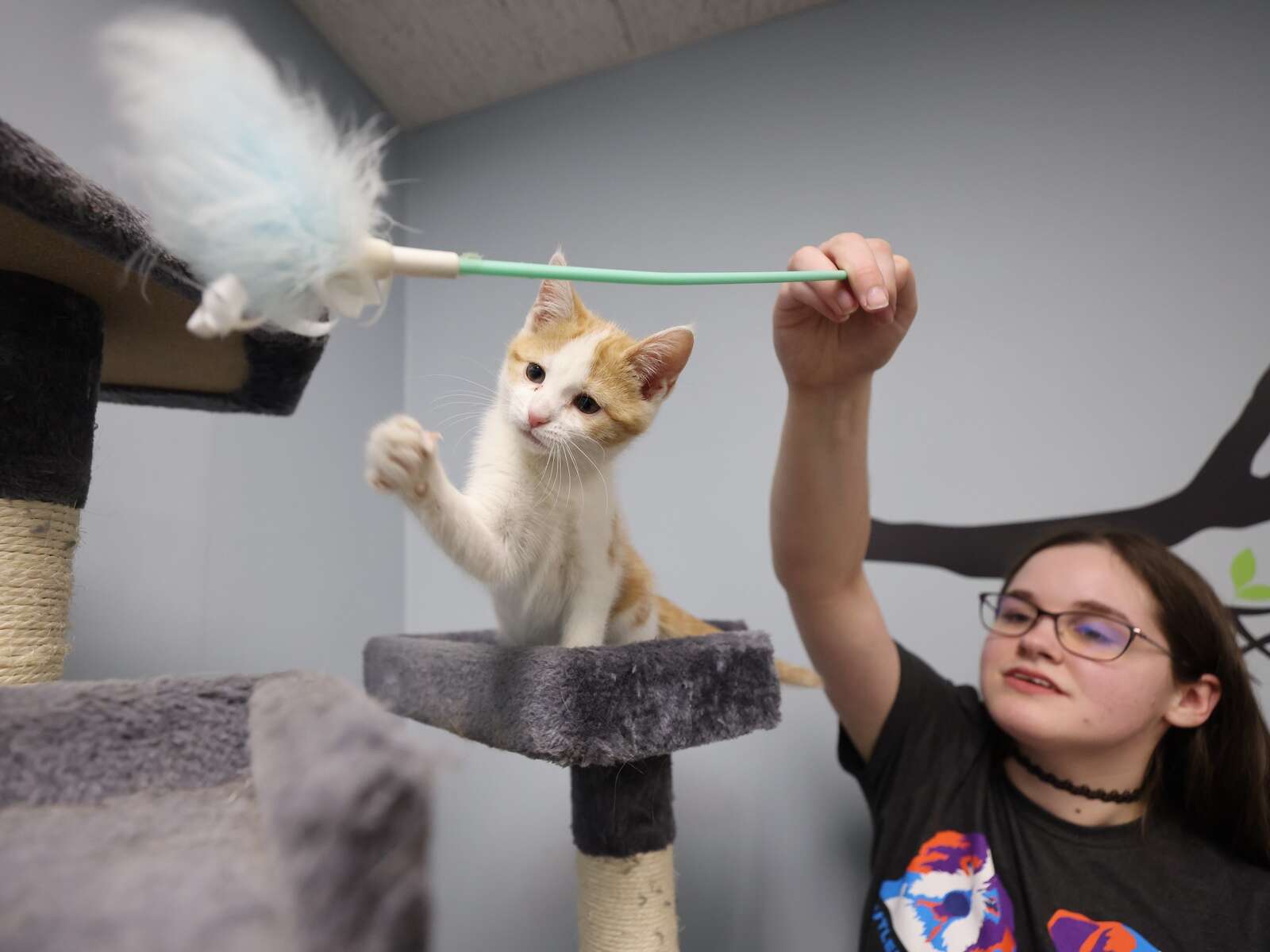

0 thoughts on “How To Create A Play Area In A Small House”